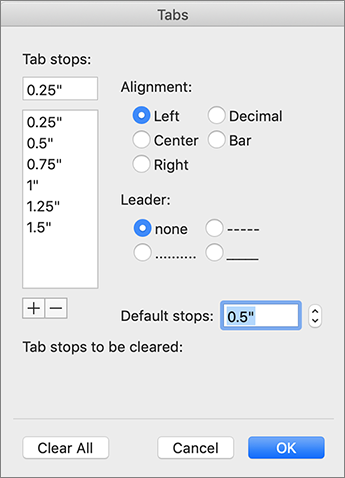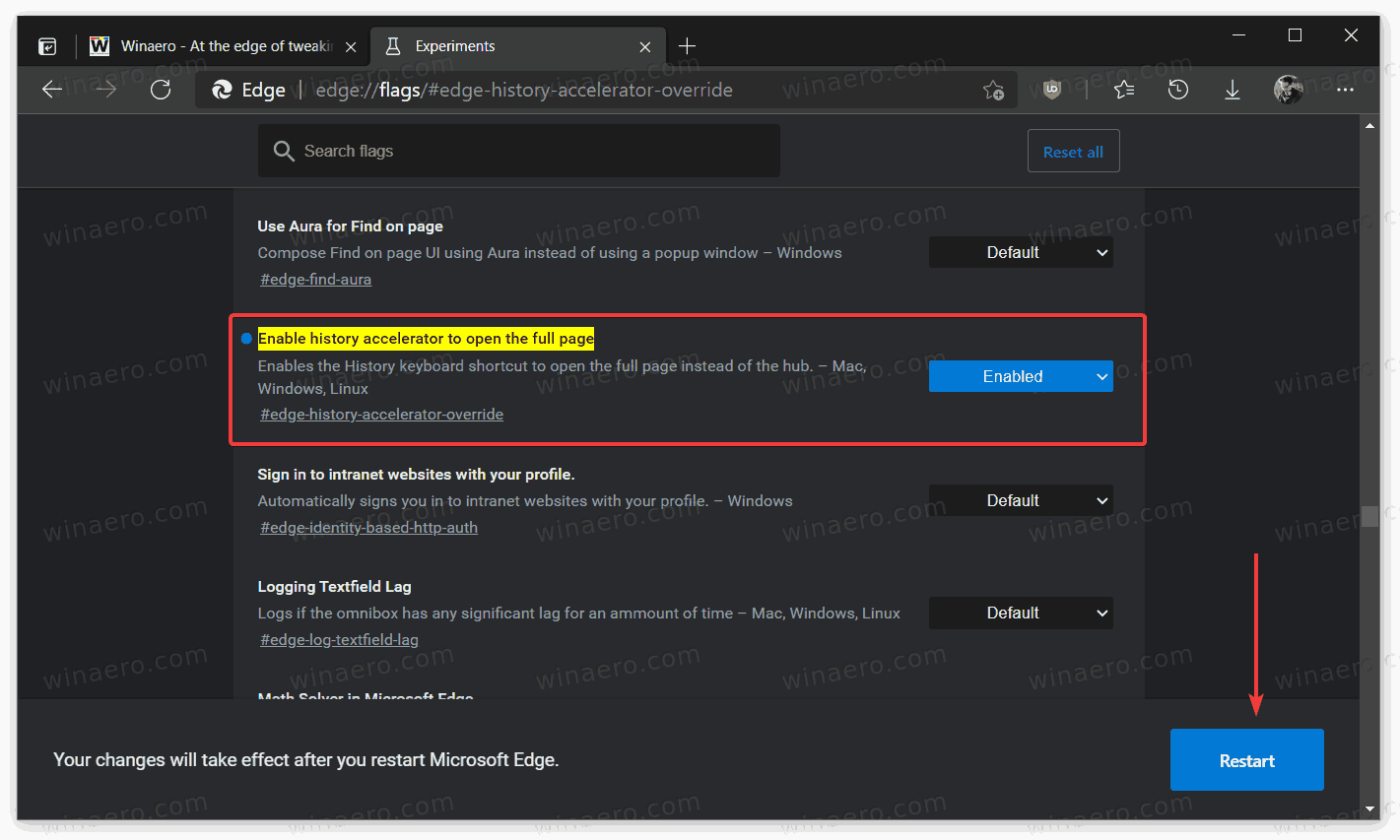


Once you have completed the sign in process, give Edge a few minutes to completely sync your profile. The same procedure above can be used to sign into your personal account.
Sign in using your Microsoft 365 account. Select the profile button in the upper right-hand corner of Edge. Follow these simple steps to enable Microsoft 365 search in Edge. Sign into Edge using your Microsoft 365 accountįor the work filter to be available, you must sign in to Edge with your Microsoft 365 account. If your default new tab has been changed you can search Microsoft 365 by using and filtering the results by work.īesides the added benefit of quickly searching Microsoft 365 for documents and resources directly from your browser, using separate profile accounts is the best way to keep your work and personal life separate. The default new tab settings in Edge will display your Microsoft 365 at a glance so you can quickly access the resources you commonly access. University of Wisconsin-Eau Claire 105 Garfield Avenue P.O.You can search Microsoft 365 using Edge. For more information, refer to Moving Tabs above. NOTE: Depending on the text alignment, the tab position may need to be adjusted. In the Alignment section, select the new tab type Select the desired paragraph(s) whose tab settings you want to changeįrom the Tab stop position scroll box, select the tab to be changed Working with Tabs from the Tabs Dialog Box: Changing Tab Type HINT: To delete all tabs, click CLEAR ALL Place the insertion point within the paragraph with the tab settings you want to deleteįrom the Tab stop position scroll box, select the tab to be deleted Working with Tabs from the Tabs Dialog Box: Deleting Tabs In the Tab stop position text box, type the new tab locationĪdjust the tab alignment and leader if necessary In the Tab stop position scroll box, select the desired tab Moving tabs in the Tabs dialog box involves adding a new tab and deleting the old one. Working with Tabs from the Tabs Dialog Box: Moving Tabs (Optional) In the Leader section, select the desired leader In the Alignment section, select the desired alignment In the Tab stop position text box, type the desired value (in inches) Working with Tabs from the Tabs Dialog Box: Setting Tabs Leaders guide the reader's eye across the page. The most common use for a leader is in a table of contents where a dotted line leads up to the page number. Leaders are lines (solid, dashed, or dotted) that appear in the blank space created by a tab. In the Tabs dialog box, you can set leaders for the tabs. Although the Ruler option is a quicker way to adjust tabs, the dialog box allows you to use leaders and enter specific tab locations. The Tabs dialog box allows you to adjust the placement and type of tab. Working with Tabs from the Tabs Dialog Box 
To change the tab type, you can either delete the tab and add a new tab of the correct type or you can use the Tabs dialog box. To move a tab, click and drag it to the desired position on the ruler. Working with Tabs from the Ruler: Changing Tab Type NOTE: Be sure to click below any numbers or dash marks. On the Ruler, click where you want the tab NOTE: For definitions of the different tab types, refer to Tab Types above. Select the paragraph(s) that will receive new tab settings Working with Tabs from the Ruler: Setting Tabs The Ruler options allow you to set, move, delete, or change tabs. Working with tabs using the Ruler option is a quick and easy way to set and adjust tabs. You still have to press at the appropriate places. Setting a tab does not automatically align your text. This could be used when you want to set off some text. The Bar tab is used to add a vertical line at that position. This is useful for a group of numbers or a list of instructions. The Decimal tab is used to align numbers and text with a period. The Center tab works similar to centering a line of text but instead of centering between margins, text is centered at the tab location. With the Right tab, text will end at the tab and flow to the left. With the Left tab, text will begin at the tab position and continue to the right of the tab. The following table explains the different tab types. Tabs come in different types which are defined by the way text aligns with the tab. If you do not like the Word settings, you can set your own tabs. The default tab settings for Microsoft Word are every half-inch. To avoid problems with text alignment, use tabs rather than spaces. Tabs allow you to position text exactly where you would like it. This article is based on legacy software.
HOW TO TAB THROUGH MICROSOFT ON MAC MAC
(Archives) Microsoft Word 2007: Setting Tabs Mac







 0 kommentar(er)
0 kommentar(er)
